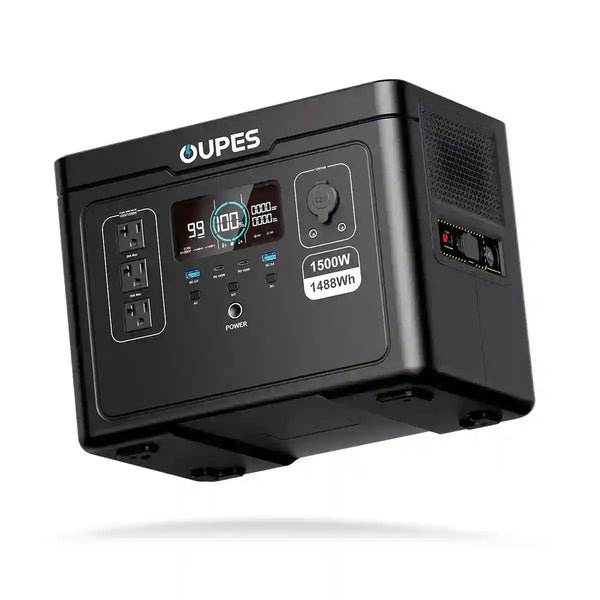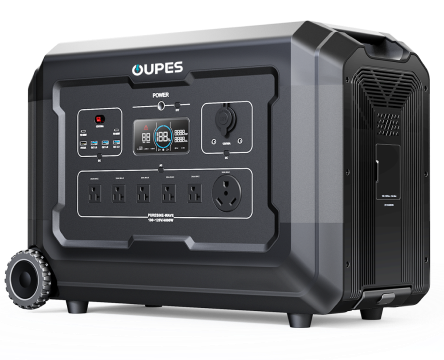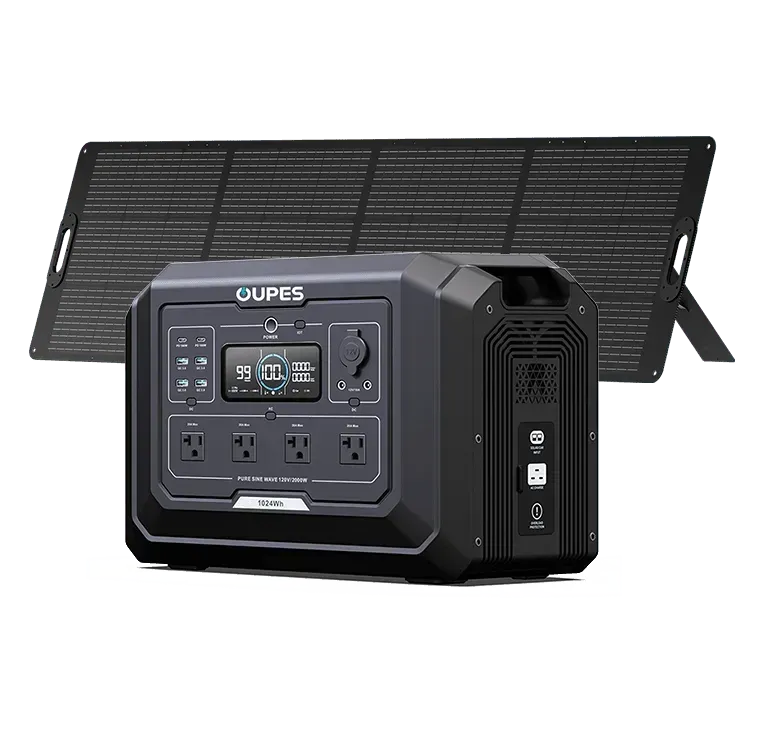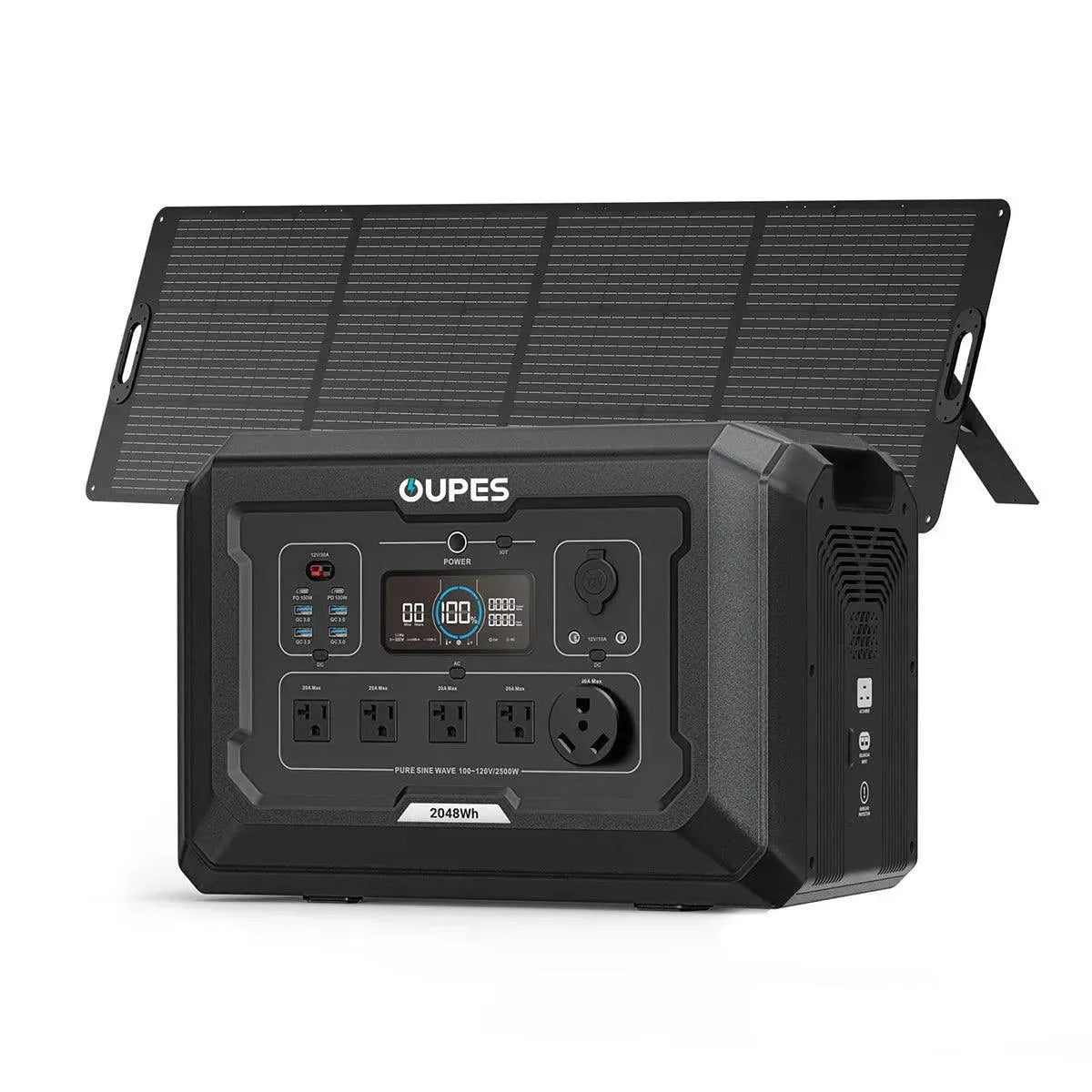
Portable solar generators have become increasingly popular for their clean energy capabilities and convenience, especially for outdoor adventures, emergency backups, and off-grid living. Many users wonder just how many hours a day they can expect to run their devices using these solar-powered systems.
Understanding the factors that influence the daily runtime of a portable solar generator is key to optimizing its performance and planning your energy needs effectively. This article explores the variables affecting runtime, including battery capacity, solar panel efficiency, weather conditions, and power consumption.
Understanding the Basics of Portable Solar Generators
At its core, a portable solar generator is a combination of a rechargeable battery and a solar panel designed to harness sunlight and convert it into usable electricity. The generator stores energy in its battery during sunlight hours, which can then be used to power devices when the sun is not shining. Unlike traditional fuel-powered generators, solar generators operate silently and emit no harmful gases, making them environmentally friendly and convenient.
The length of time you can run your solar generator in a day depends largely on the size of the battery and how much energy the connected devices consume. A larger battery capacity allows for longer usage without recharging, while smaller batteries may only power essential devices for a limited number of hours. The wattage of your solar panels also plays a critical role in replenishing the battery during the day, impacting overall runtime.
Moreover, solar generators vary in design and features. Some models come with built-in solar panels, while others require external panels, offering flexibility but also influencing charging speed. Additionally, the quality and efficiency of solar panels can affect how quickly your battery recharges, especially under varying sunlight conditions.
Understanding these basics helps you make informed decisions about selecting a generator that matches your power requirements and environmental conditions.
Factors Affecting Daily Runtime of a Portable Solar Generator
Several important factors influence how many hours a portable solar generator can run in a single day. First, the capacity of the battery, measured in watt-hours (Wh), defines the total amount of energy stored. A higher watt-hour rating means the generator can power devices for a longer period before needing a recharge.
The power consumption of connected devices is another critical factor. Devices with high wattage requirements, such as refrigerators, power tools, or large lighting systems, will drain the battery more quickly than smaller electronics like phones or laptops. Knowing the total wattage of your devices helps estimate how long your generator will last on a full charge.
Solar panel wattage and sunlight availability significantly impact runtime. On sunny days, solar panels generate more electricity, replenishing the battery faster and potentially allowing for continuous operation. However, cloudy or rainy weather reduces solar energy production, limiting charging capacity and consequently reducing daily runtime.
Other considerations include the efficiency of the generator’s power management system and how well it converts solar energy into stored electricity. Some models feature advanced MPPT (Maximum Power Point Tracking) controllers that optimize charging, improving performance under various sunlight conditions.
Finally, usage patterns and device management affect runtime. Running multiple devices simultaneously or using high-powered equipment will shorten operational hours. Being mindful of energy consumption and managing device usage can help extend the number of hours your solar generator can operate each day.
How to Calculate Your Portable Solar Generator’s Daily Runtime
Calculating how many hours you can run your portable solar generator involves understanding both the battery capacity and your devices’ power consumption. The basic formula to estimate runtime is to divide the battery’s watt-hour capacity by the total wattage of the devices being powered.
For example, if your generator has a 500Wh battery and you are powering a device that consumes 50 watts, theoretically, the generator can run this device for about 10 hours (500Wh ÷ 50W = 10 hours). However, real-world factors such as inverter efficiency, battery degradation, and power surges can reduce this number.
It’s important to also factor in the solar panels’ ability to recharge the battery during the day. If the panels generate enough power to offset usage, the generator might be able to run devices continuously, especially during daylight hours. The rate of solar recharge depends on panel wattage and sunlight intensity, which varies by location and season.
Battery efficiency can also impact runtime. Some energy is lost during charging and discharging cycles, meaning you rarely get 100% of the battery’s rated capacity for use. Additionally, most manufacturers recommend not fully depleting lithium batteries to extend lifespan, which further affects usable runtime.
In practice, calculating your expected runtime involves monitoring your power usage and solar input over time and adjusting accordingly. Using energy-efficient devices and minimizing power draw can maximize your portable solar generator’s daily operational hours.
Tips to Maximize the Hours You Can Run Your Portable Solar Generator
To get the most hours out of your portable solar generator, it’s essential to optimize both the energy input and output. One effective strategy is to reduce the power consumption of connected devices. Choosing energy-efficient appliances, LED lighting, and charging smaller electronics first helps conserve battery life.
Proper placement and orientation of solar panels play a crucial role in maximizing energy capture. Panels should be positioned to face the sun directly, avoiding shadows and obstructions throughout the day. Regularly cleaning the panels to remove dust or debris also improves efficiency.
Using a solar generator with a high-quality MPPT charge controller ensures better conversion of sunlight to stored energy, enhancing overall performance. Additionally, pairing your generator with larger or multiple solar panels can significantly increase charging speed and total energy availability.
Managing your energy consumption by staggering device usage instead of running everything simultaneously can stretch your battery life. For example, powering critical devices first and limiting unnecessary power draw helps maintain longer operational hours.
Finally, consider environmental factors such as seasonal sunlight changes and weather patterns. Planning your generator use during peak sunlight hours and having alternative charging methods, like a car charger or AC outlet, can improve reliability and runtime.
Understanding Limitations and Realistic Expectations
While portable solar generators offer many advantages, it’s important to understand their limitations. The daily runtime is inherently tied to the amount of sunlight your solar panels receive, which can fluctuate widely based on location, season, and weather. In areas with limited sunlight or during winter months, expect reduced charging capacity and shorter usage times.
Battery capacity also sets an upper limit on runtime. Even with perfect sunlight, once the battery is fully discharged, you must allow time for recharging before continuing use. Unlike fuel generators, you cannot simply refuel and run indefinitely.
Additionally, solar generators typically provide lower power output compared to traditional fuel generators, limiting the number and size of devices you can power simultaneously. High wattage appliances may drain batteries rapidly, so careful energy management is necessary.
Despite these constraints, advances in battery and solar technology continue to improve the efficiency and reliability of portable solar generators. By setting realistic expectations and adopting smart usage habits, you can effectively integrate these clean energy solutions into your lifestyle.
Overall, portable solar generators are best suited for moderate energy needs, environmentally conscious users, and situations where quiet, emission-free power is valued over sheer power capacity or continuous runtime.
By understanding the factors influencing daily runtime and taking steps to optimize usage, you can confidently rely on your portable solar generator to meet your energy needs for hours each day.




























